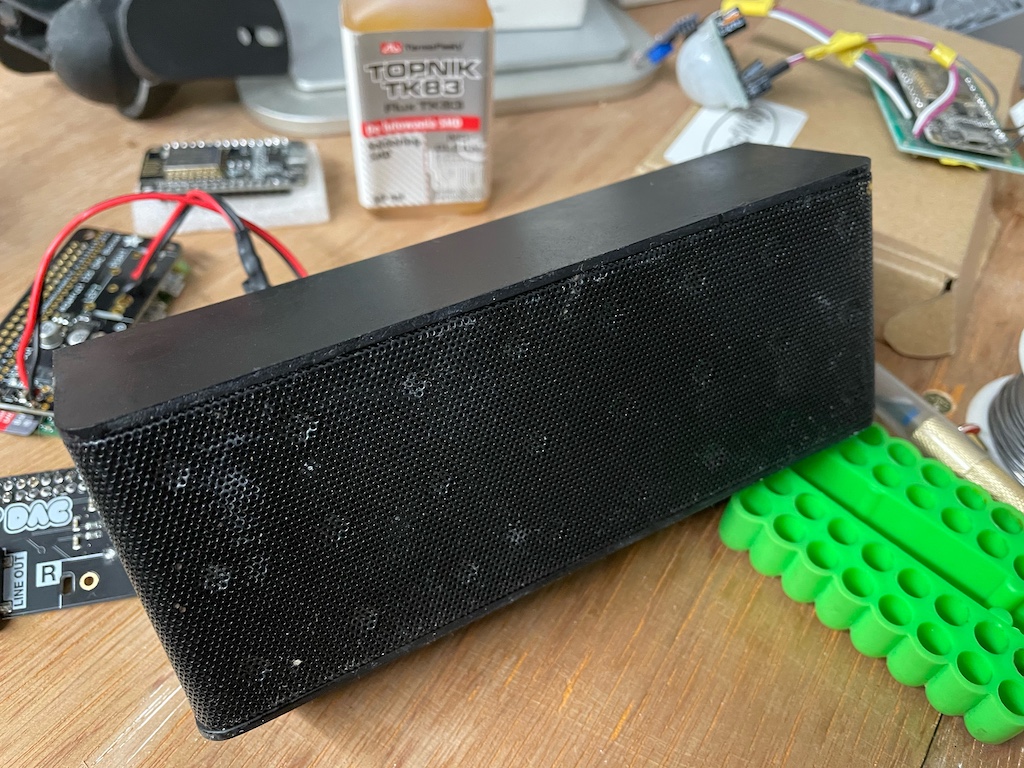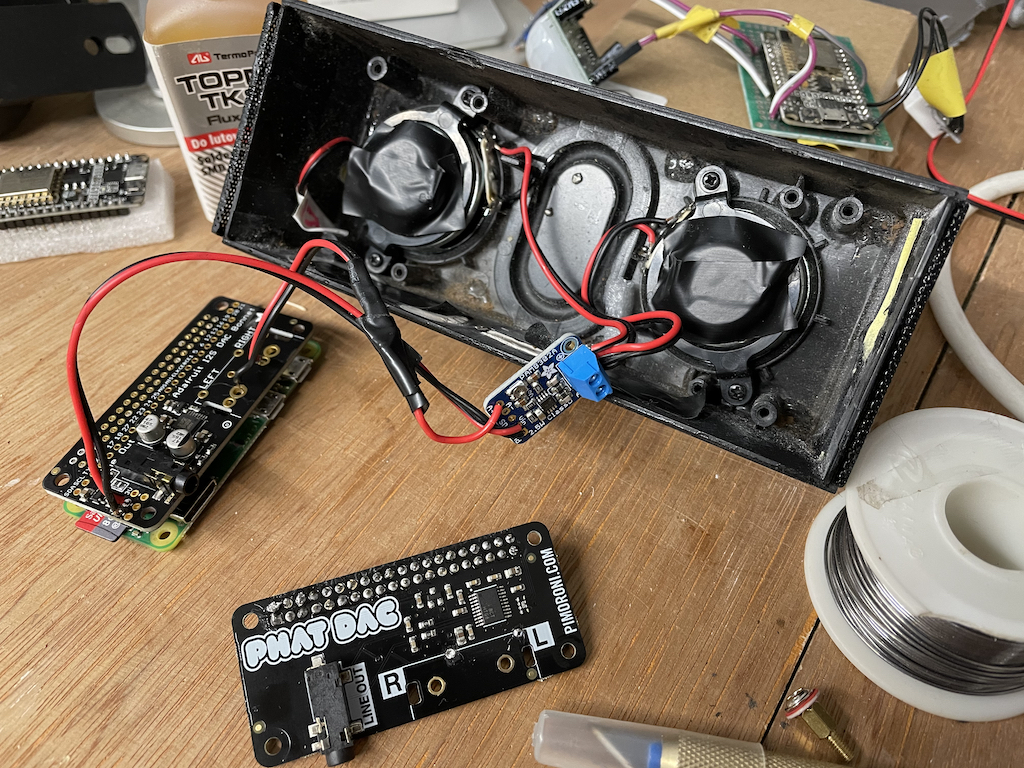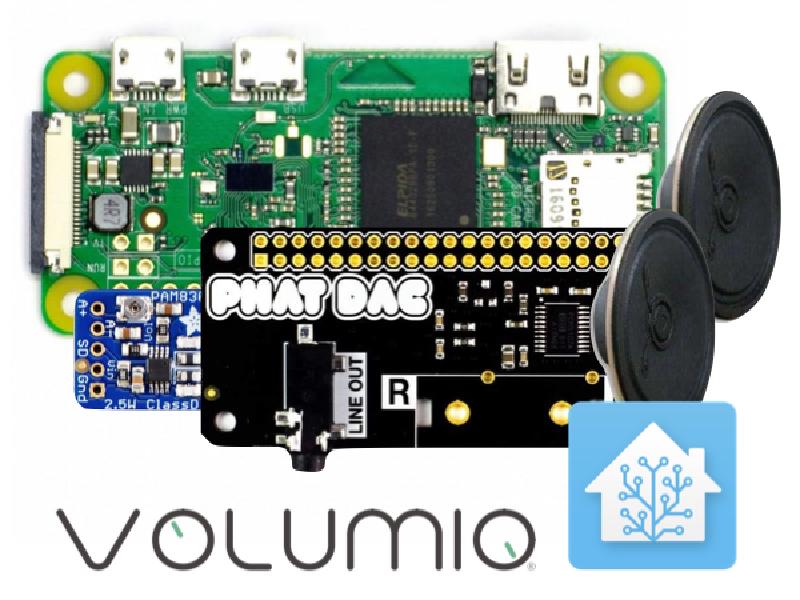
Lullaby & White Noise Player
Overview
Before our daughter was born, I was already thinking of all kinds of ways I could use home automation, and spefifically Home Assistant to help us with her daily routines. One of the things I wanted to do was have a way of controlling audio in her room for things like bedtime stories, lullabies and white noise etc.
Goal
To be able to say, “Hey Siri, Isabella’s bedtime,” to trigger a sequence of lullabies followed by a nights worth of white noise.
I first attempted this using the Alexa Media Player components in Home Assistant, but found that there were just too many things that didn’t work quite the way I wanted. Plus, being an iOS-first household, it made sense for it to be integrated with HomeKit and Siri.
I therefore decided to build my own solution. I decided to go with a Raspberry Pi and the Volumio software as I had used it before.
For the speaker itself, I had an old, cheap (£10!) Bluetooth hanging around that died. The speakers themselves were fine, just the battery and audio board were both dead. I removed both of them and the buttons and ports from the case as they weren’t needed anymore. I sealed up the insides of these holes with some tape and then filled in the gaps with some modelling filler (‘Revell Plasto Body Putty’ I think?) that I had lying around. I sanded this down roughly and then gave the whole thing a quick spray with black spraypaint. I could have put an actual USB-C/micro-USB port on the side of the case, but I would need to unplug it so infrequently, that I decided to opt to just drill a hole in the side of the case for a micro-USB cable to go through to connect directly to the Raspberry Pi.

Components
Hardware
Software
Setup
Raspberry Pi
I flashed Volumio to the microSD card and set it up, connecting it to our WiFi network and configuring the Pimoroni pHAT DAC in Volumio.
I mounted the Raspberry Pi over the network via SMB, and copied some lullabies and white noise loops to it. I then set them up in a playlist in Volumio.
I looked through the Volumio API documentation and found out how to trigger Volumio to start playing a specific playlist via a CURL command:
|
|
(Replace 192.168.1.200 with the IP address if your Volumio instance and playlistName with the name of the playlist you want to play.)
Home-Assistant
Here’s how the command line switch entity is setup inside Home Assistant:
|
|
The secrets in this switch entity refer to the following CURL commands to the Volumio API. These are laid out in secrets.yaml:
|
|
